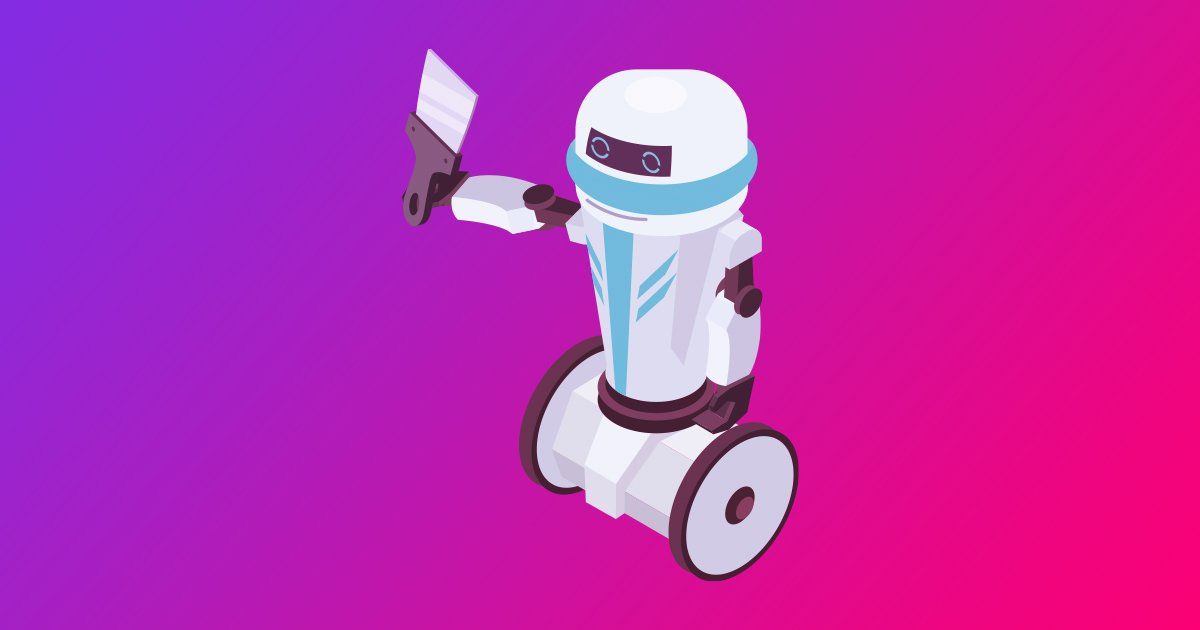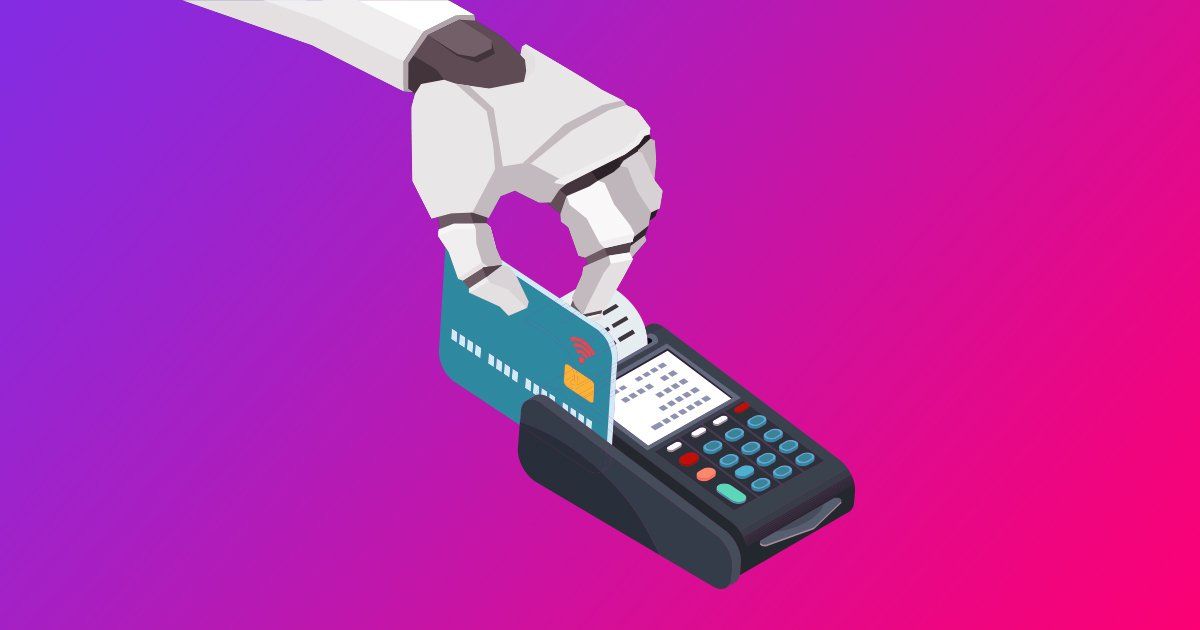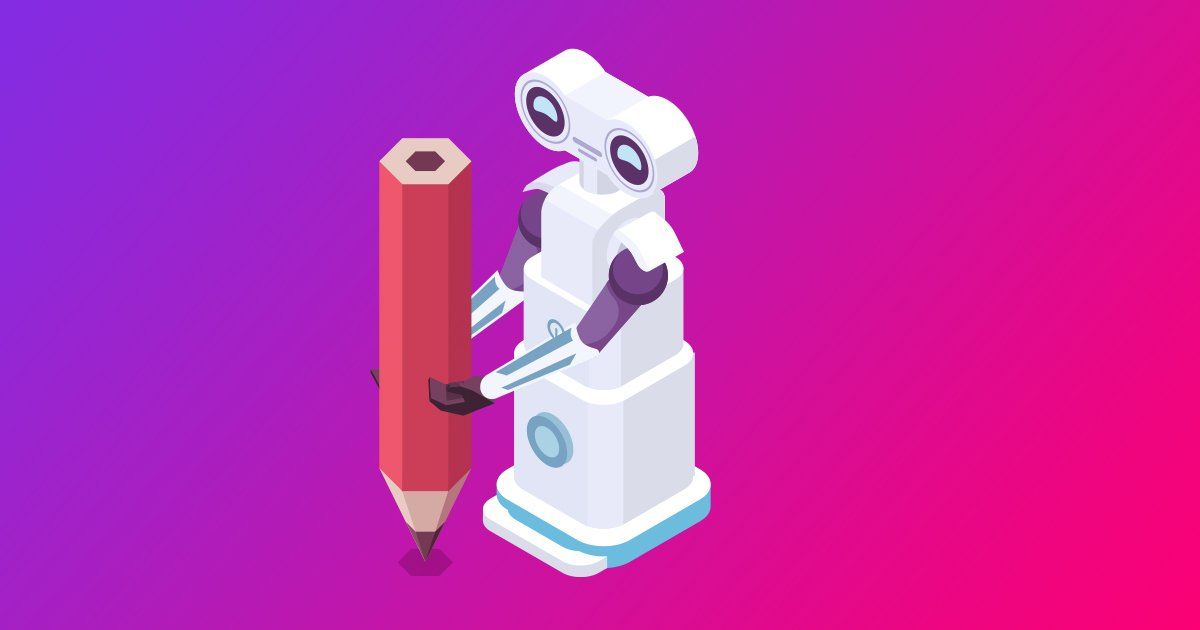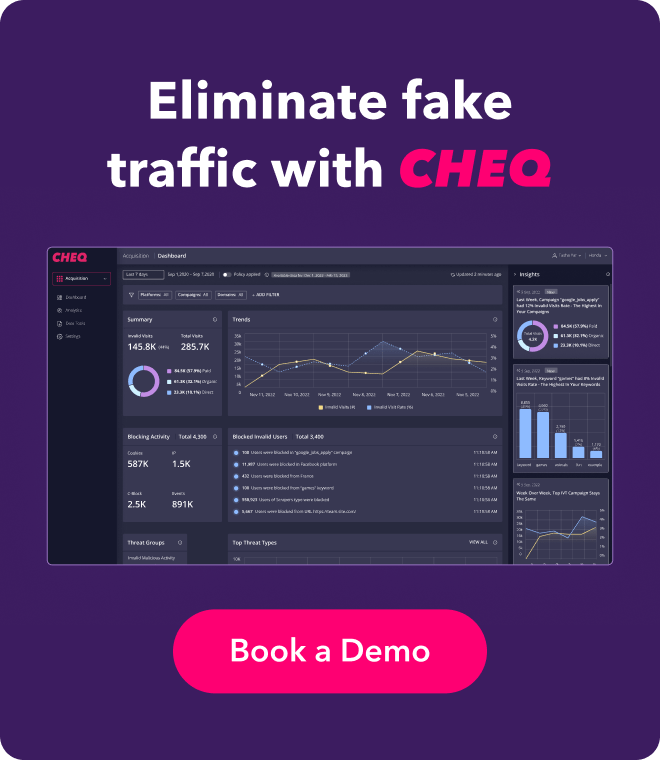These 8 Bots are Killing Your Customer Acquisition
Jonathan Marciano
|Marketing | February 08, 2021
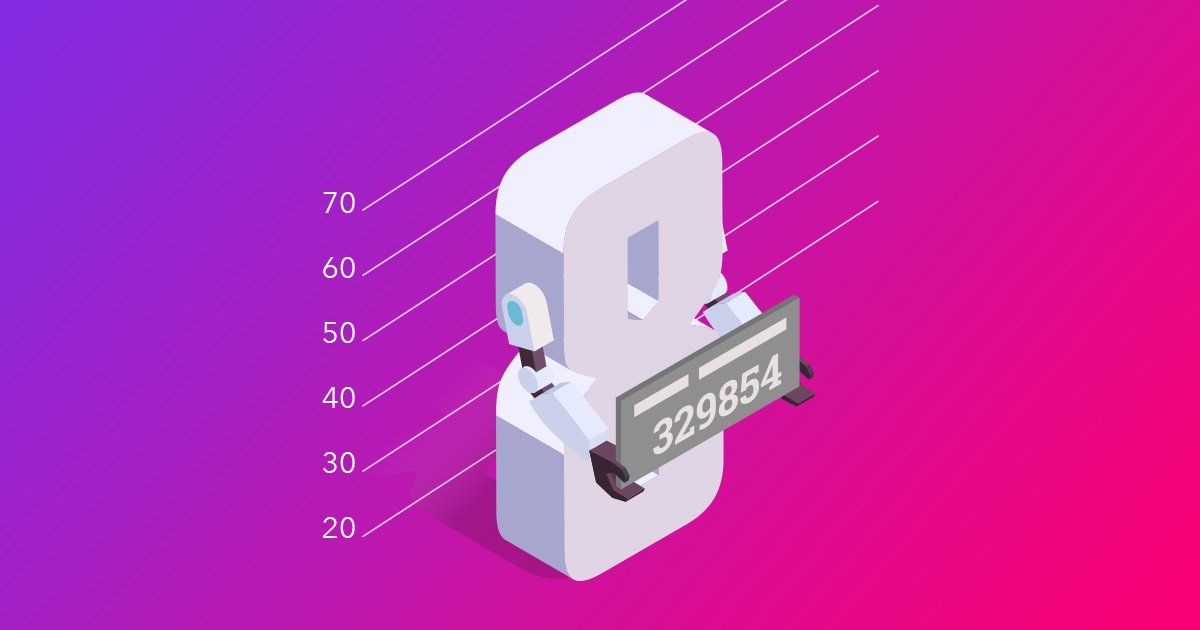
Scraper Bot, Heartbreakers, and Critic Bots are rampant in funnels
Digital marketers pour money into search traffic (for instance Google and Microsoft ads) and paid social channels (such as Facebook, Instagram, and Pinterest). This is used to ratchet up crucial e-commerce dials, including customer lifetime value or average order value, and bring down negative indicators of poor shopping experiences, such as bounce rates (the number of visitors that “bounce off” a site before buying), and abandonment of shopping carts.
However, though digital marketing spend brings leads by targeting and attracting new shoppers, these dollars also bring invalid clicks, namely bots. Bots, often maintained by sophisticated ad fraudsters, are software applications running automated tasks, clicking on paid search ads and keywords or social media promotions paid by e-retailers. The motivation: a quick means to make money by fraudsters, depletion of ad budgets hurting companies, and the skewing of business-wide e-commerce metrics tracked throughout a company.
CHEQ analyzed 30 leading digital retailers spending at least $500,000 per month on search and paid social ad campaigns in 2020 to determine the behavior of bots and where they land after clicking. The analysis involved real analysis of bots clicking on creative ad campaigns designed to bring new relevant shoppers into the funnel.
The sample of leading e-commerce players included:
- a top global skin care brand
- grocery sites
- a DIY online marketplace
- a fashion and sports retailer
- a travel site
- an online university
- a personal finance provider, and
- a top provider of glasses and contact lenses.
This analysis tracked every click (of a real user or bot) for campaigns on paid search and paid social campaigns over a week, where users visit a site or landing page from creative ads.
8 Bots Caught on E-Commerce Sites
Whether from paid search such as Google or Microsoft ads, or your social campaigns, such as bots on Facebook, LinkedIn, Pinterest, Instagram or Snapchat, these bots self-identify themselves in eight ways.
1. Cart Bots
In our analysis, one in every 50 bots arriving via paid search and paid social campaigns click their way to a site’s online checkout page. In our study alone, this equated to more than 3.5 million bots clicks. This had the effect of clogging up online baskets, causing logistical and refund challenges, and skewing vital metrics. This included filling out forms and making purchases. Bots analyzed affect conversion rates, including online sales, leads, email signups, and form completions. In the case of a personal finance company this included “loan reverses”. This saw the loan company approve loans based on a specified criterion, only then to cancel it as details turned out to be fake or fraudulent. This put a massive exposure on the loan business, which was forced to rip up loans of those likely to default on their payments.
2. Returners
Thousands of different bots returned several hundred times. Not content with simply hurting spend, these bots became the subject of retargeting campaigns designed to reach real shoppers. On one site for instance, 2117 bots returned 34031 times.
3. Scrapers
Scraping is the automated collecting by bots of large volumes of data from web pages and applications. Scraper bots play a major role in ad fraud. There was an average of 5000 clicks on one site generated by scrapers. One business driving users to its recipe sites discovered that bots were stealing and monetizing this quality content through online advertising, hurting their ranking and revenue.
4. Long Distance Lovers
One in five bots used VPNs or other location obfuscation methods to pretend to be US, UK or Japanese shoppers. In fact, the attack was located in countries that the e-commerce player did not ship to, including Pakistan, and Vietnam. In one case, a top global skin care brand analyzed spent hundreds of thousands of dollars on PPC ads while suffering from malicious VPNs and data center traffic. One of the world’s largest DIY marketplaces, spending $ 2.5 million a month, saw more than 14,000 invalid clicks, with users deploying a VPN to mask their location, primarily from China and Malaysia.
5. Heartbreakers
Retargeting is core to marketing. This aims to get website visitors who didn’t convert back to your site by showing them relevant ads. One in five marketers have a dedicated budget for retargeting. But it can be heartbreaking when money and attention is used to reach returning bots. In one case an online e-commerce player wasted $3500 retargeting bots that visited the site.
6. Chargebackers
CHEQ found that bots clicked on confirmation pages, engaging in chargeback fraud. This is where bots make a transaction and then seek a refund. One large company spent $7million a month on paid search and paid social media channels. Our analysis found thousands of invalid clicks on their confirmation pages, indicating chargeback fraud.
7. Critic Bots
Bots also generated fictitious reviews, damaging reputations for service-driven ecommerce players. It has been shown how easy it is for bots to write fake reviews (positively for inflating companies) or negatively against businesses. Fake reviews bot-driven services are common on the dark web, including generating fake app ratings. In the analysis of our travel site, we found 2500 invalid clicks from bots generating fictitious reviews.
8. Sit-In Bots
Sit-in bots for the most part just clicked on to the landing page and chill. They are content to waste the business budget of the retailers. They also serve to hurt core metrics relied upon by e-commerce businesses. Sit-in bots achieve a primary goal of wasting vital ecommerce ad budgets relied upon to bring in new customers. Bots clicking on paid search ads were found to click on branded search terms (the name of a company, business, or brand) 70% of the time. This brings at least $1 lost to bots per click for most of the companies studied. In the case of one fashion e-commerce site for instance “men’s jacket” saw a 56% invalid click rate, “shoe coupon” a 52% invalid click rate, and “Asics New”, a 48% invalid click rate. Getting to the site has not only helped drain ad budgets, but also begun skewing metrics. Once on site, 92% of bots remain static for an average of 12 seconds, failing to click or move to a different section of the website. They then click off the site, leaving 12 seconds later.
Despite their different characteristics, these bots share a common mission: hurting metrics, brand, and customer acquisition numbers in targeted ways to hurt advertising and business KPIs.
Get a free analysis of how we can stop fraud invaliding your funnel and increase your customer acquisition metrics today. CHEQ created the Customer Acquisition category to protect leading marketing teams from invalid and non-human clicks on digital campaigns, helping clients gain more customers.
P.S.
Want to protect your sites and ads? Click here to Request a Demo.


